
What is the History of Jewellery? A Fascinating Journey Through Time
Jewellery has always been more than just decoration; it tells the story of culture, power, and love across civilisations. From ancient shells and bones to today’s luxurious gold pieces, jewellery has symbolised identity, beauty, and status for thousands of years.
Let’s explore the captivating history of jewellery and discover how modern brands like KYMEE’s 18K gold vermeil jewellery carry on this timeless tradition with elegance for today’s women.
Introduction: Jewellery as a Timeless Expression
Jewellery has fascinated humanity for over 100,000 years. Whether crafted from natural elements in prehistoric times or precious gemstones in modern designs, jewellery reflects not only beauty but also deep meaning. It has been used for spirituality, wealth, social rank, and personal adornment.
The Origins of Jewellery in Ancient Civilisations
Prehistoric Jewellery: Shells, Stones, and Bones
The earliest known jewellery comes from the Palaeolithic era, where shells, bones, and stones were worn as ornaments. These simple accessories carried spiritual significance and symbolised a connection to nature.
Ancient Egypt: The Land of Gold and Symbolism
Egyptians adored gold, seeing it as “the flesh of the gods.” Necklaces, amulets, and rings weren’t just decorative; they were protective charms. Cleopatra herself was famed for her luxurious jewellery.
Mesopotamia: The Birthplace of Crafted Ornaments
The Sumerians and Babylonians were among the first to use techniques like filigree and granulation. Their jewellery often displayed their devotion to gods and rulers.
Ancient India: Spirituality and Gemstones
India’s rich jewellery history emphasises gemstones like diamonds, rubies, and emeralds. For Indians, jewellery was never just decoration; it symbolised prosperity, spirituality, and protection.
Ancient China: Jade, Bronze, and Cultural Beliefs
Jade was more valuable than gold in China. It symbolised purity and moral virtue, making it a central piece in ancient Chinese jewellery.
The Role of Jewellery in Ancient Greece and Rome
Greek Jewellery: Beauty and Mythology
Greek artisans crafted jewellery that represented gods and mythology. Wreath-shaped headpieces and gold earrings showcased both elegance and cultural pride.
Roman Jewellery: Wealth, Power, and Status
Romans embraced bold designs with gemstones like sapphires, emeralds, and pearls. Jewellery was a display of wealth and authority, worn proudly by both men and women.
The Middle Ages: Religious Symbolism in Jewellery
Medieval Europe: Gemstones and Christian Crosses
Jewellery in the Middle Ages was deeply tied to religion. Cross pendants, rosaries, and relic-filled lockets symbolised faith and devotion.
Renaissance Era: The Revival of Luxury Jewellery
The Renaissance sparked innovation in jewellery. Nobility flaunted gemstone-studded pieces that symbolised wealth and sophistication.
The Evolution of Jewellery in Modern Times
Victorian Jewellery: Sentimental and Romantic Pieces
Queen Victoria’s love for jewellery influenced this era. Lockets with portraits, hair jewellery, and heart-shaped pendants became fashionable.
Art Nouveau & Art Deco: Creativity in Design
Art Nouveau emphasised flowing, nature-inspired designs, while Art Deco brought geometric shapes, diamonds, and bold glamour.
20th Century Jewellery: Diamonds, Fashion, and Glamour
From Hollywood stars to everyday women, jewellery became more accessible. Diamonds became the ultimate symbol of love, thanks to iconic campaigns.
Jewellery as a Cultural and Personal Identity
Symbolism of Jewellery in Different Cultures
From wedding rings in the West to mangalsutras in India, jewellery remains a vital part of cultural identity and traditions worldwide.
Jewellery as a Gift of Love and Commitment
Engagement rings, anniversary gifts, and friendship bracelets continue to symbolise love, loyalty, and emotional connection.
The Rise of Contemporary Jewellery
Minimalist and Everyday Wear Jewellery
Today’s fashion embraces minimalism, delicate necklaces, stackable rings, and versatile earrings that can be worn daily.
Ethical and Sustainable Jewellery Trends
Consumers now seek eco-friendly and ethically sourced jewellery, pushing brands to focus on responsible craftsmanship.
KYMEE’s 18K Gold Vermeil Jewellery for Women
Why Choose 18K Gold Vermeil?
Unlike traditional gold plating, 18K gold vermeil offers a thicker layer of pure gold over sterling silver, ensuring both durability and luxury. It’s hypoallergenic, tarnish-resistant, and perfect for sensitive skin.
KYMEE’s Modern and Timeless Designs
KYMEE blends timeless artistry with modern style. From elegant necklaces to chic earrings, every piece is crafted for women who value elegance and quality.
Perfect Jewellery for Today’s Women
KYMEE’s collection isn’t just about style; it’s about empowering women to feel confident and beautiful every day. Whether for work, a night out, or a meaningful gift, KYMEE offers jewellery that fits every occasion.
Explore KYMEE’s 18K Gold Vermeil Jewellery Collection for Women
Conclusion
From prehistoric shells to modern 18K gold vermeil designs, jewellery has always been a part of human culture and identity. It reflects our history, traditions, and personal stories. KYMEE’s 18K gold vermeil jewellery for women is a continuation of this legacy, modern, elegant, and timeless, just like the history of jewellery itself.
FAQs
1. What is the history of Indian jewellery?
Indian jewellery dates back over 5,000 years to the Indus Valley Civilisation. It has been used for beauty, status, and religious reasons, evolving through Mughal, Rajput, and modern eras.
2. What was the first type of jewellery?
The first type of jewellery was made from natural materials like shells, bones, and stones, worn as necklaces or bracelets.
3. Who was the first person to wear jewellery?
Early humans, likely both men and women, wore jewellery around 100,000 years ago for decoration and spiritual reasons.
4. Why is it called jewellery?
The word "jewellery" comes from the Old French word jouel, meaning "plaything" or "delight," and later evolved into the English term.
5. Which country is famous for jewellery?
India is one of the most famous countries for jewellery, especially for its gold, traditional designs, and craftsmanship.
6. What does jewellery symbolise?
Jewellery symbolises beauty, wealth, power, status, protection, and spiritual beliefs.
7. Which city in India is famous for jewellery?
Jaipur (Rajasthan) is famous for gemstone jewellery, while Hyderabad is known for pearls, and Surat for diamond cutting.
8. Why do Indians wear jewellery?
Indians wear jewellery for tradition, beauty, religious significance, social status, and as an investment.
9. What jewellery is lucky?
Gold, navratna (nine gems), rudraksha beads, and birthstones are considered lucky in Indian culture.
10. What is the oldest jewellery ever discovered?
The oldest jewellery is made from shells, dating back around 100,000 years.
11. Why was jewellery so important in ancient Egypt?
It was believed to provide protection, represent status, and honour the gods.
12. How did jewellery evolve during the Renaissance?
It shifted towards luxurious gemstone-filled designs, reflecting wealth and power.
13. What is the difference between gold plating and gold vermeil?
Gold vermeil has a thicker layer of gold on sterling silver, making it more durable than standard gold plating.
14. Why do people gift jewellery on special occasions?
Jewellery symbolises love, commitment, and celebration, making it the perfect timeless gift.
15. What makes KYMEE’s jewellery special?
KYMEE offers 18K gold vermeil jewellery that combines elegance, durability, and affordability, perfect for today’s woman.









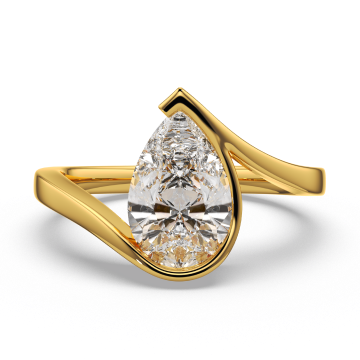
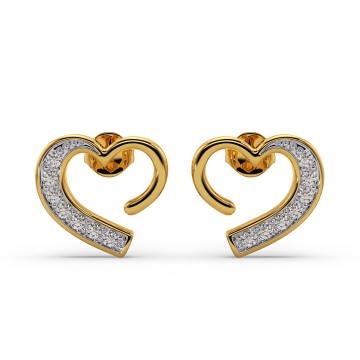
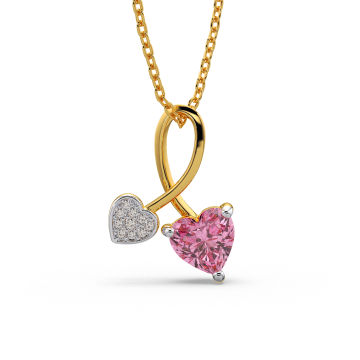
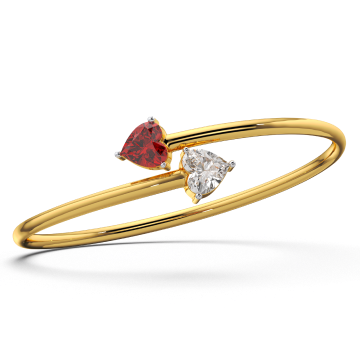
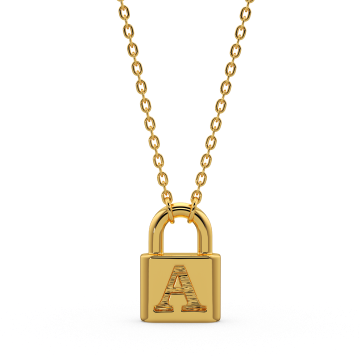
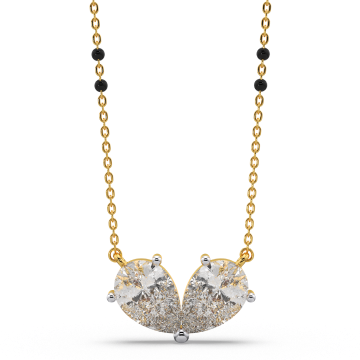
 All Rings
All Rings Toi Et Moi Rings
Toi Et Moi Rings Wedding Bands
Wedding Bands Solitaire Rings
Solitaire Rings Stackable Rings
Stackable Rings Dainty Rings
Dainty Rings Personalized Rings
Personalized Rings Daily Wear Rings
Daily Wear Rings Halo Rings
Halo Rings Ring Set
Ring Set For Daily Wear
For Daily Wear For Party
For Party For Work
For Work For Gifting
For Gifting For College
For College For Festive Days
For Festive Days All Earrings
All Earrings Hoop Earrings
Hoop Earrings Drop Earrings
Drop Earrings Stud Earrings
Stud Earrings Name Earrings
Name Earrings Threader Earrings
Threader Earrings All Necklaces
All Necklaces Charm Pendants
Charm Pendants Pendant & Necklaces
Pendant & Necklaces Station Necklaces
Station Necklaces Personalized Necklaces
Personalized Necklaces Layered Necklaces
Layered Necklaces Drop Necklaces
Drop Necklaces All Bracelets
All Bracelets Name Bracelets
Name Bracelets Chain Link Bracelets
Chain Link Bracelets Bangle Bracelets
Bangle Bracelets Charm Bracelets
Charm Bracelets Tennis Bracelets
Tennis Bracelets